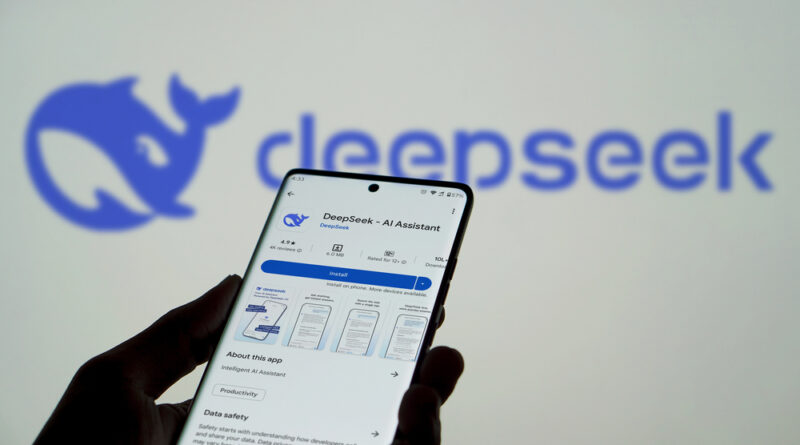DeepSeek Shrinks Flagship R1 Model to Single-GPU Footprint
Chinese research outfit DeepSeek has unveiled a compact “distilled” version of its much-watched R1 reasoning model, allowing advanced mathematical and logic tasks to be tackled on a single data-centre GPU instead of a multi-card cluster.
A leaner take on R1
The new release, titled DeepSeek-R1-0528-Qwen3-8B, builds on Alibaba’s Qwen3-8B base model and is fine-tuned with responses generated by DeepSeek’s full-sized R1. While distilled models typically trade power for portability, early benchmarks suggest the 8-billion-parameter network punches above its weight:
-
AIME 2025 (advanced math): Outperforms Google’s Gemini 2.5 Flash, a similarly sized competitor.
-
HMMT (Harvard-MIT math test): Falls just shy of Microsoft’s larger Phi-4 Reasoning+.
Hardware and licensing perks
NodeShift estimates the distilled model needs only 40 GB–80 GB of GPU memory—well within the envelope of a single Nvidia H100 card—whereas the full R1 can demand a dozen such units. The trimmed footprint opens the door to smaller research labs and startups that can’t justify multi-GPU clusters.
DeepSeek has released the model under the permissive MIT licence, allowing unrestricted commercial use. It is already hosted on Hugging Face and API providers such as LM Studio.
Why it matters
AI distillation has become a key strategy for spreading sophisticated reasoning capabilities beyond tech giants. By packaging R1’s core strengths into an 8-B model, DeepSeek positions itself in the growing market for “small-scale AI” that can run efficiently in the cloud or at the edge.
What’s next
DeepSeek says it will continue refining both the flagship R1 and its distilled offspring with specialised datasets, while exploring low-latency deployment paths for tasks such as code generation and scientific problem-solving. For developers eager to experiment, a single-GPU ticket is now all that’s required to join the R1 ecosystem.
Photo Credit: DepositPhotos.com

